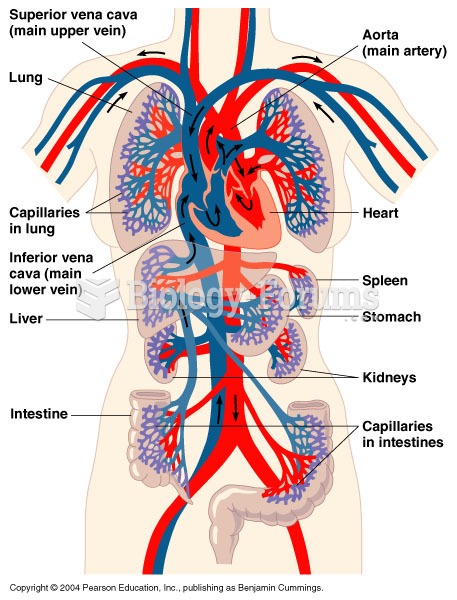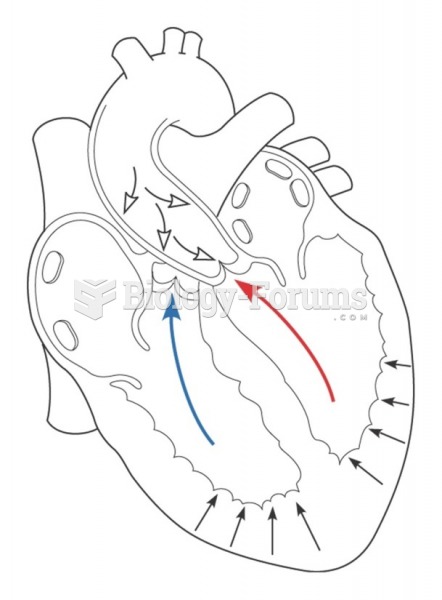|
|
|
More than 20 million Americans cite use of marijuana within the past 30 days, according to the National Survey on Drug Use and Health (NSDUH). More than 8 million admit to using it almost every day.
More than 34,000 trademarked medication names and more than 10,000 generic medication names are in use in the United States.
Nearly all drugs pass into human breast milk. How often a drug is taken influences the amount of drug that will pass into the milk. Medications taken 30 to 60 minutes before breastfeeding are likely to be at peak blood levels when the baby is nursing.
According to the National Institute of Environmental Health Sciences, lung disease is the third leading killer in the United States, responsible for one in seven deaths. It is the leading cause of death among infants under the age of one year.
Your skin wrinkles if you stay in the bathtub a long time because the outermost layer of skin (which consists of dead keratin) swells when it absorbs water. It is tightly attached to the skin below it, so it compensates for the increased area by wrinkling. This happens to the hands and feet because they have the thickest layer of dead keratin cells.
 The female reproductive system. (a) Sagittal section through the pelvis. (b) Top view of pelvic orga
The female reproductive system. (a) Sagittal section through the pelvis. (b) Top view of pelvic orga
 The shut-off switch on a GM parallel hybrid truck is green because this system uses 42 volts instead ...
The shut-off switch on a GM parallel hybrid truck is green because this system uses 42 volts instead ...





